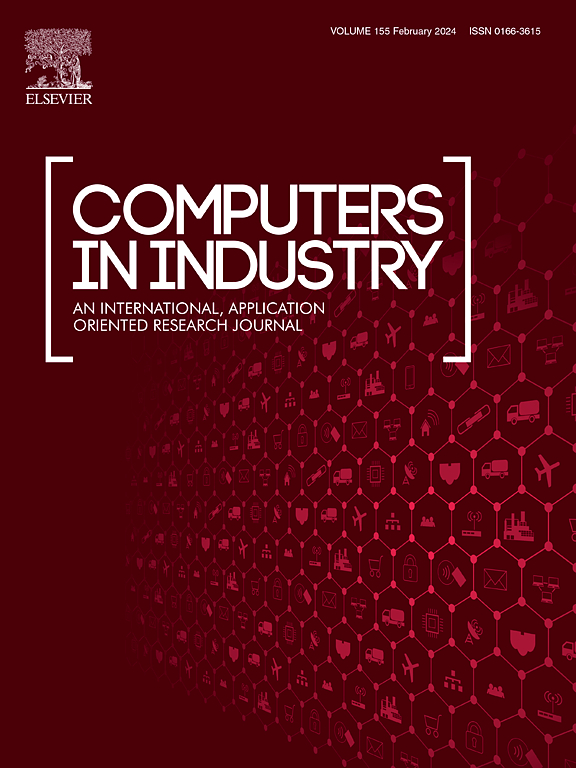Dynamic obstacle avoidance control based on a novel dynamic window approach for agricultural robots
IF 8.2
1区 计算机科学
Q1 COMPUTER SCIENCE, INTERDISCIPLINARY APPLICATIONS
引用次数: 0
Abstract
With the ongoing advancements in autonomous navigation technology, agricultural robots are increasingly being deployed across various sectors of agriculture. Among the critical components of this technology, dynamic obstacle avoidance in complex agricultural environments serves as the foundation for enhancing the autonomy and safety of these robots. The Dynamic Window Approach (DWA) is a widely recognized method for achieving local obstacle avoidance. It operates by sampling the robot's velocity space and then evaluating the sampled trajectories using a value function to determine the optimal velocity pair. However, a significant limitation of the traditional DWA method lies in its fixed weights for the value function, which restricts its performance to manual tuning and renders it less adaptable to intricate and dynamic obstacle environments. To address this limitation, we introduced an innovative approach by integrating the Twin Delayed Deep Deterministic Policy Gradient (TD3) method into the weight determination process of the DWA algorithm's value function. This integration enabled the weight coefficients to adapt dynamically in response to environmental variations, thereby enhancing the algorithm's flexibility and effectiveness. Our extensive simulation and field testing revealed that while the traditional DWA algorithm struggled to navigate complex dynamic obstacle environments, the proposed TD3-DWA algorithm achieved a success rate of over 90 % in obstacle avoidance. This outcome underscored the algorithm's adaptability and robustness, positioning it as a reliable solution for ensuring safe and efficient navigation in agricultural robotics.
基于新型动态窗口方法的农业机器人动态避障控制
随着自主导航技术的不断进步,农业机器人越来越多地部署在农业的各个部门。在该技术的关键组成部分中,复杂农业环境中的动态避障是提高这些机器人的自主性和安全性的基础。动态窗口法(DWA)是一种被广泛认可的局部避障方法。它的工作原理是对机器人的速度空间进行采样,然后使用值函数对采样的轨迹进行评估,以确定最优速度对。然而,传统DWA方法的一个显著局限性在于其值函数的权值是固定的,这限制了它的性能只能手动调优,使得它对复杂的、动态的障碍物环境的适应性较差。为了解决这一限制,我们引入了一种创新的方法,将双延迟深度确定性策略梯度(TD3)方法集成到DWA算法的值函数的权重确定过程中。这种集成使权重系数能够根据环境变化动态调整,从而增强了算法的灵活性和有效性。大量的仿真和现场测试表明,传统的DWA算法难以通过复杂的动态障碍物环境,而提出的TD3-DWA算法在避障方面的成功率超过90% %。这一结果强调了算法的适应性和鲁棒性,将其定位为确保农业机器人安全高效导航的可靠解决方案。
本文章由计算机程序翻译,如有差异,请以英文原文为准。
求助全文
约1分钟内获得全文
求助全文
来源期刊

Computers in Industry
工程技术-计算机:跨学科应用
CiteScore
18.90
自引率
8.00%
发文量
152
审稿时长
22 days
期刊介绍:
The objective of Computers in Industry is to present original, high-quality, application-oriented research papers that:
• Illuminate emerging trends and possibilities in the utilization of Information and Communication Technology in industry;
• Establish connections or integrations across various technology domains within the expansive realm of computer applications for industry;
• Foster connections or integrations across diverse application areas of ICT in industry.
 求助内容:
求助内容: 应助结果提醒方式:
应助结果提醒方式:


